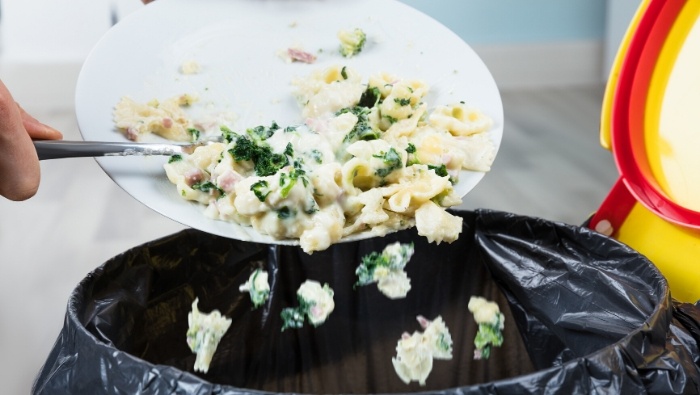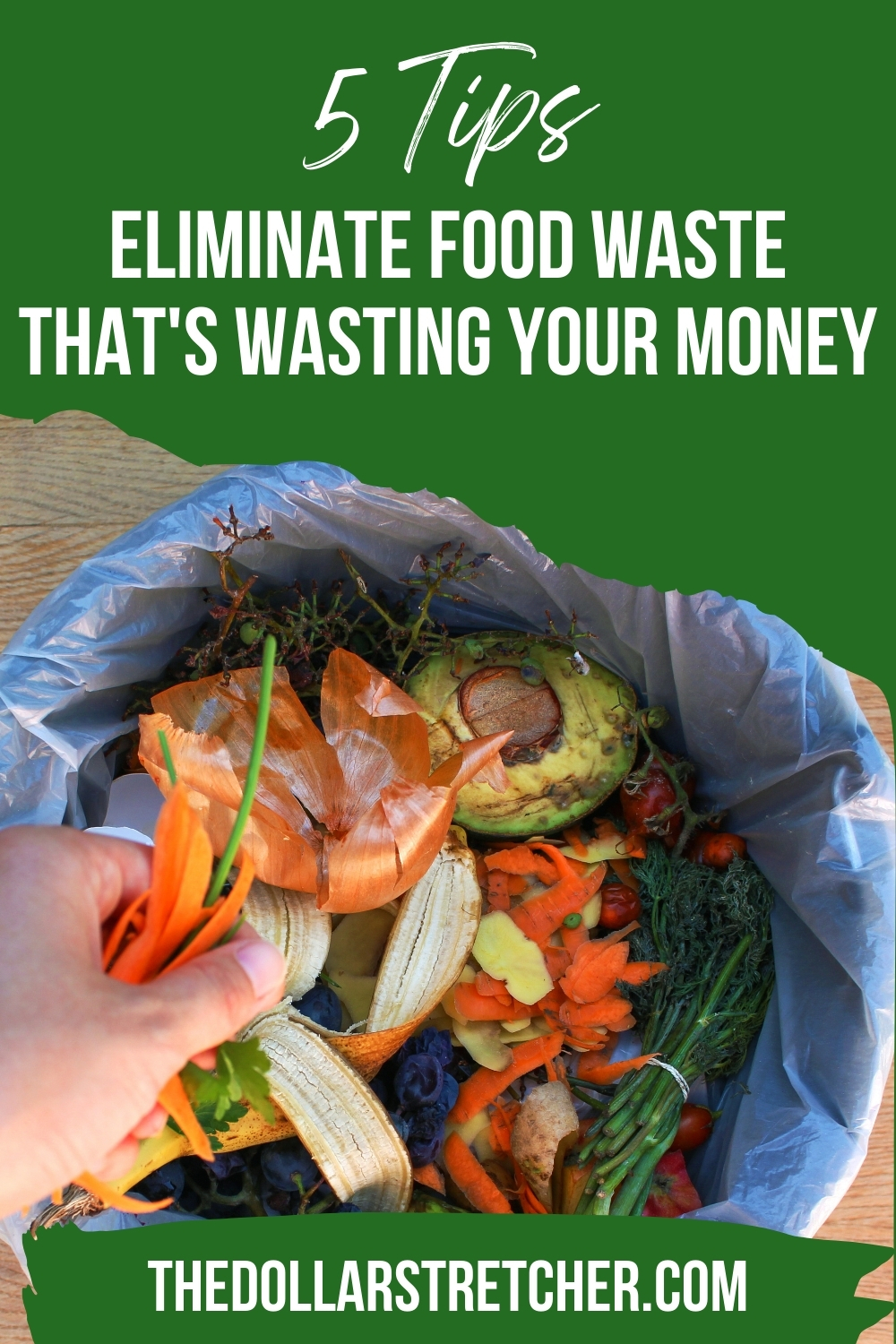5 Ways To Eliminate Food Waste That’s Wasting Your Money
It’s estimated that we throw away billions in wasted food every year. Let’s stop the madness and start eliminating food waste.

“Waste not, want not.” While I was growing up, this adage was tossed about by many frugal parents and grandparents in my neighborhood. But over the past five decades, that message has somehow ended up by the wayside.
According to FeedAmerica.org, roughly 92 million tons of food is wasted in the U.S. annually, equating to 145 billion meals and more than $473 billion in food thrown away yearly. Less than half of that waste comes from consumers at home, but we’re still throwing a lot of cash in the trash thanks to food waste.
It’s time to get proactive. Here are five ways to eliminate food waste in your household.
1. Plan Ahead
Before heading out to the grocery store, plan your menus for the week. Then, go through your pantry and cupboards, itemizing only those items needed to prepare meals for the next seven days.
To avoid succumbing to snacks and other tempting foods, do not shop on an empty stomach.
When unloading groceries, rearrange the food in your cupboards and fridge. Take this opportunity to check expiration dates and put older food front and center.
Sign Up for Savings
Subscribe to get money-saving content by email that can help you stretch your dollars further.
Twice each week, you'll receive articles and tips that can help you free up and keep more of your hard-earned money, even on the tightest of budgets.
We respect your privacy. Unsubscribe at any time.
2. Deal with “Best By” Dates
While you should immediately toss food that smells funny or has changed color, be aware that producers carefully select these dates to cover themselves. In many cases, the “best by” period can be extended by several days. Check the StillTastyDatabase to see if your food is still fresh.
3. Watch Your Portions
Before serving, calculate appropriate portions for the adults and children in your home. Give children small portions and let them decide if they would like more. If you have cooked too much food or have leftovers, store them in the freezer to keep the food from going bad. Remember to date the containers.
4. Eat the “Ugly” Produce
Too often, we hold our foods to a high standard, ignoring apples with a bruise, extra-small peppers, and overly ripe bananas. If you are overly offended by the aesthetics, consider the following creative ideas:
- Puree and freeze very ripe fruit. The fruit can be added to your morning smoothie.
- Peel and dice ripe plums and pears. Place in a small pot over low heat. Cook until they thicken. Instant sugar-free fruit spread.
- Use overripe strawberries, bananas, and apples in muffins and other baked goods.
5. Save the Scraps and Peels
To reduce the amount of food garbage in our landfills, reuse food scraps and peels in the following ways:
- Store celery tops, onion and garlic skins, carrot peels, wilted cabbage leaves, and mushroom stems in freezer-safe containers. When you have accumulated enough, use them to make a vegetable stock.
- Use broccoli and kale stalks in your next stir-fry.
- Convert hard bread into croutons or bread crumbs. (See also: 17 Uses for Stale Bread To Prevent Food Waste.)
- Hard pitas can be used to make mini pizzas. Cover with tomato sauce, grated cheese and whatever vegetables are available.
- Roast potato peels to create an easy pre-dinner snack. Start by heating the oven to 400 degrees F. Toss the peels with a light drizzle of olive oil, salt, and pepper. Place on a large baking sheet and roast for 15 to 20 minutes, stirring once. Eat immediately.
Reviewed February 2025
About the Author
For 31 years, Joanne Guidoccio taught mathematics, computer science, business and career education courses in secondary schools throughout Ontario. Her articles, book reviews, and short stories have been published in Canadian newspapers and online. She has bachelor's degrees in mathematics and education and a Career Development Practitioner diploma.



